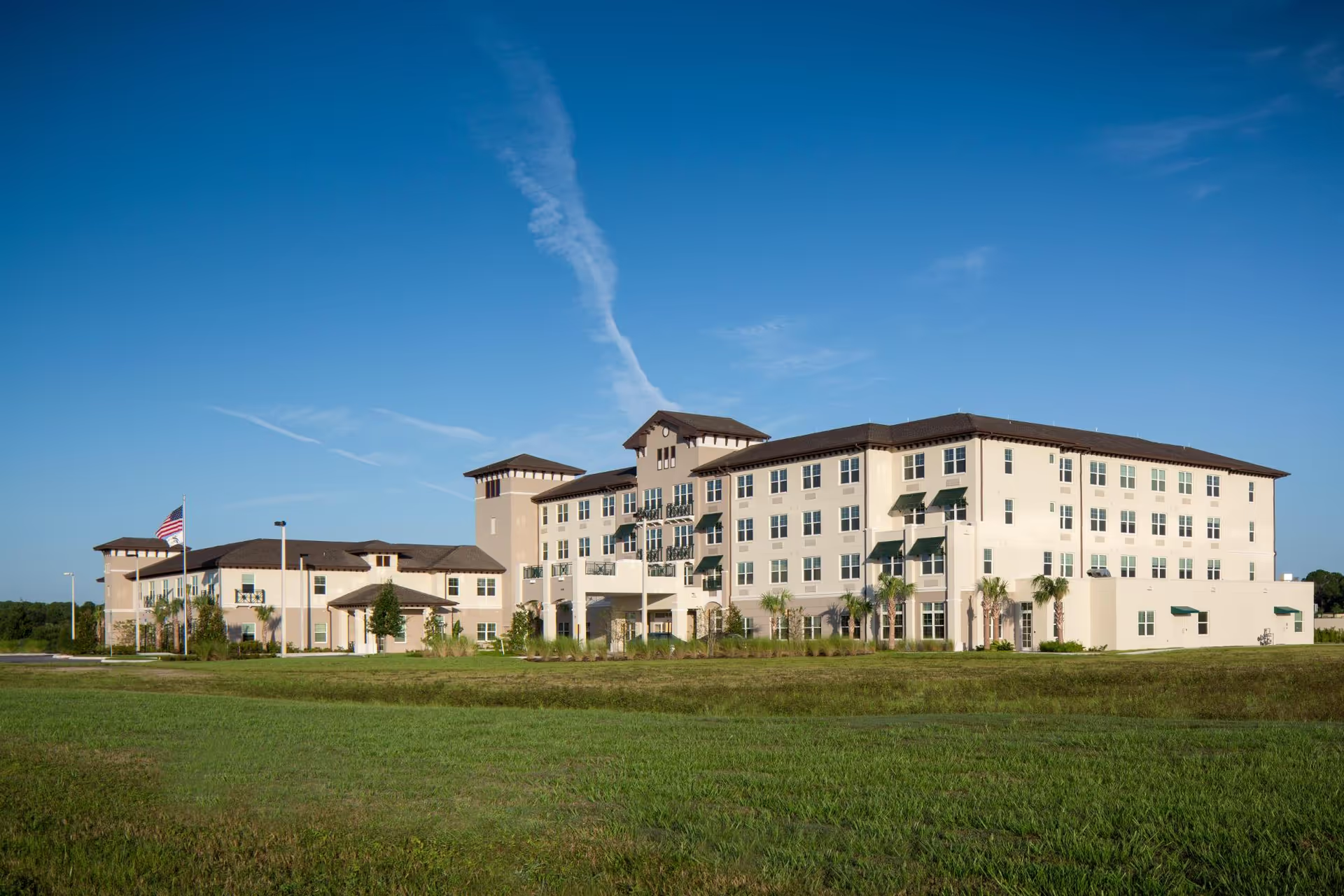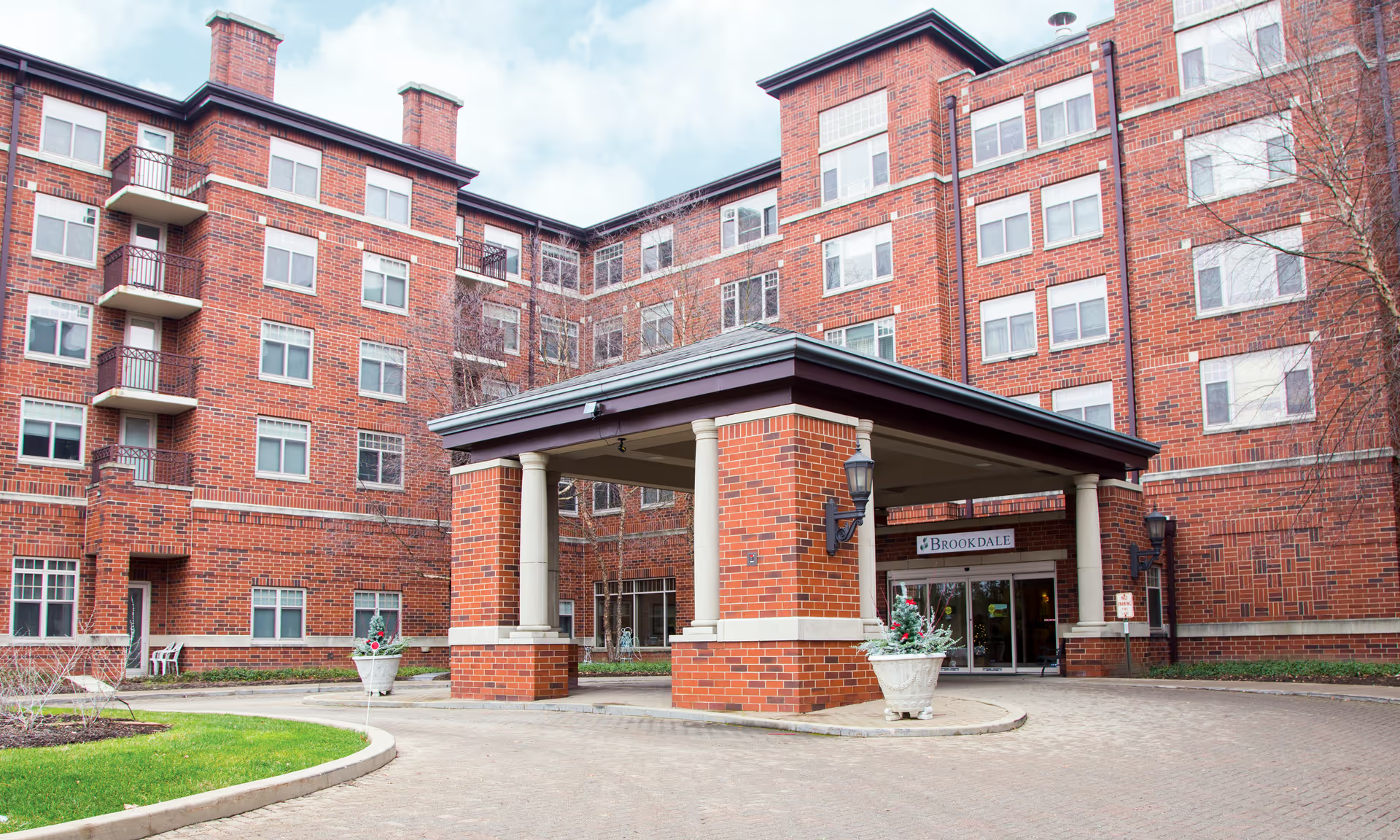Overall sentiment across the reviews is predominantly positive, with repeated emphasis on strong, personalized care, compassionate staff, and a clean, residential environment. Multiple reviewers highlight the facility's family-owned nature and long history (since 1988), noting an "old-school" charm and individualized attention that makes residents feel well cared for. Several families explicitly state they would recommend The Mann House Cumming and compare it favorably to other local facilities.
Care quality is a consistent strength in these summaries. Reviewers repeatedly describe high staff-to-resident ratios, personalized care plans, and reliable clinical support — specifically medication management and assistance with bathing and dressing. Dementia care receives positive mention, as does the facility’s ability to manage residents returning from rehab. Many reviewers feel their loved ones are treated with exceptional respect and attention, with some using phrases like "treated like royalty" and "takes extra good care of family." These comments suggest a strong focus on individualized, hands-on caregiving.
Staff and communication emerge as another dominant theme. Numerous reviews praise staff demeanor, patience, training, and knowledge of residents, and call out clear, easy communication with directors (Sam and Dee are named positively). Families appreciate being kept in the loop and describe staff as responsive and cooperative. However, this theme is not uniform: a minority of reviews report understaffing, slow responses to call buzzers, occasional rudeness, and a perceived lack of staff cohesiveness. These conflicting reports suggest generally high-performing staff with occasional lapses or variability, possibly tied to staffing levels or recent leadership transitions.
The facility environment and amenities are often described in positive terms: clean, well-decorated, and homelike rather than institutional. Several reviewers compliment the comfortable atmosphere and aesthetic presentation, noting that the facility "did not look like a nursing home." Location convenience for visiting families is another frequently mentioned advantage.
Dining experiences show a split in reviewer perceptions. Many reviewers praise the food highly — calling it excellent and among the best they have seen in a facility — and say meals look and taste good. Conversely, a subset of reviews describe the food as "horrible" and point to a lack of kitchen alternatives or dietary options. This inconsistency could reflect changes over time, different personal tastes or dietary needs, or variability in meal service; prospective families should ask specific questions about menus and alternatives when touring.
Activities and engagement are the most commonly noted areas for improvement. Several reviewers express concern about the lack of meaningful activities for higher-functioning or more active residents, saying there are "no real activities" or that more programming is needed. This is a recurring theme and appears to be the clearest service gap relative to otherwise strong care and environment ratings.
Management and leadership receive mixed but largely positive feedback. Reviewers praise directors by name for friendliness and effective communication; some note improvement under a new executive director (Dee). At the same time, a few reviews express concern that during periods of transition there was a perceived focus on marketing or selling the facility over day-to-day care, and that staff cohesion suffered. These are limited but notable observations that could reflect temporary growing pains during leadership changes.
Cost is mentioned as a downside by at least one reviewer who calls the facility expensive. Given the generally high level of personalized care, homelike environment, and favorable staff comments, the price point may reflect quality, but it is a factor to consider.
In summary, The Mann House Cumming is characterized by strong, personalized care, a high-touch staff, clean and homelike facilities, and frequently praised dining and management. The most consistent concerns are limited activities for more active residents, mixed experiences with food for a minority of families, and occasional reports of understaffing or staff cohesiveness issues—sometimes linked to leadership transitions. Prospective residents and families should weigh the facility’s clear strengths in dementia care, rehab transitions, staff attentiveness, and environment against the potential need to verify current activity programming, dietary alternatives, staffing levels, and any ongoing effects of recent management changes during a tour or meeting with leadership.







